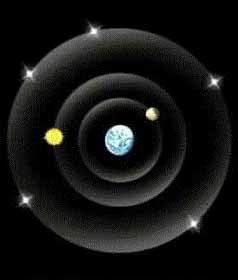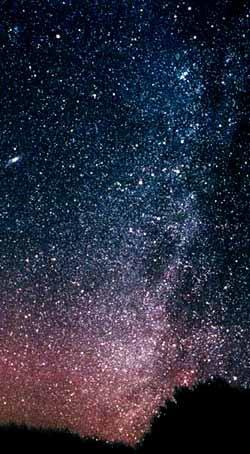|
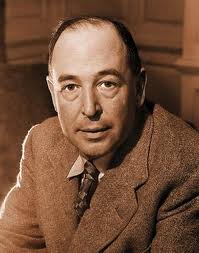 |
C.
S.
LEWIS
1898-1963
The Discarded Image,
pp. 98-100
C.S.
Lewis,
1945
|
THE
DISCARDED
IMAGE
AN
INTRODUCTION
TO
MEDIEVAL
AND
RENAISSANCE
LITERATURE
C.S. Lewis. (Cambridge Univ. Press,
1964).
Ch.5, The Heavens, part B, “Their Operation” pp. 98-100
THESE
facts are in themselves curiosities of mediocre interest. They become
valuable only in so far as they enable us to enter more fully into the
consciousness of our ancestors by realising how such a universe must have
affected those who believed in it. The recipe for such realisation is
not the study of books. You must go out on a starry night and walk
about for half an hour trying to see the sky in terms of the old cosmology.
Remember that you now have an absolute Up and Down. The Earth is really the
centre, really the lowest place; movement to it from whatever direction is
downward movement. As a modern, you located the stars at a great
distance. For distance you must now substitute that very special, and
far less abstract, sort of distance which we call height; height, which
speaks immediately to our muscles and nerves. The Medieval Model is
vertiginous. And the fact that the height of the stars in the medieval
astronomy is very small compared with their distance in the modern, will
turn out not to have the kind of importance you anticipated. For thought
and imagination, ten million miles and a thousand million are much the same.
Both can be conceived (that is, we can do sums with both) and neither [p.99] can be imagined; and the more imagination we have the better we
shall know this. The really important difference is that the medieval
universe, while unimaginably large, was also unambiguously finite. And one
unexpected result of this is to make the smallness of Earth more vividly
felt. In our universe she is small, no doubt; but so are the galaxies, so is
everything-and so what?
But in theirs there was an absolute
standard of comparison. The furthest sphere, Dante's maggior corpa
is, quite simply and finally, the largest object in existence. The word
‘small’ as applied to Earth thus takes on a far more absolute significance.
Again, because the medieval universe is finite, it has a
shape, the perfect spherical shape, containing within itself an ordered
variety. Hence to look out on the night sky with modern eyes is like
looking out over a sea that fades away into mist, or looking about one in a
trackless forest-trees forever and no horizon. To look up at the towering
medieval universe is much more like looking at a great building. The ‘space’
of modern astronomy may arouse terror, or bewilderment or vague reverie; the
spheres of the old present us with an object in which the mind can rest,
overwhelming in its greatness but satisfying in its harmony. That is the
sense in which our universe is romantic, and theirs was classical.

This explains why all sense of the pathless,
the baffling, and the utterly alien - all agoraphobia - is so markedly
absent from medieval poetry when it leads us, as so often, into the sky.
Dante, whose theme might have been expected to invite it, never strikes that
note. The meanest modern writer of science-fiction can, in that department,
[p.100] do more for you than he. Pascal's terror at le silence
éternel de ces espaces infinis never entered his
mind. He is like a man being conducted through an immense cathedral, not
like one lost in a shoreless sea. The modern feeling, I suspect, first
appears in Bruno.
|
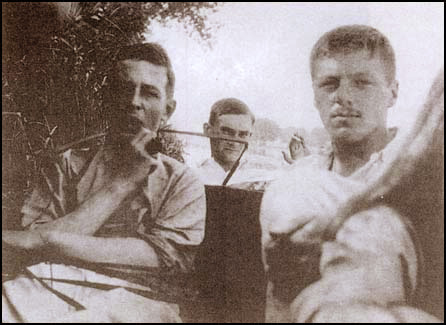
|
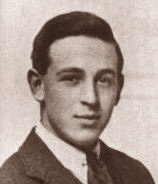
|
|
C.S.
LEWIS
and ERNEST
MOORE
during WWI |
C.S.
LEWIS,
ca. 1919 |
|
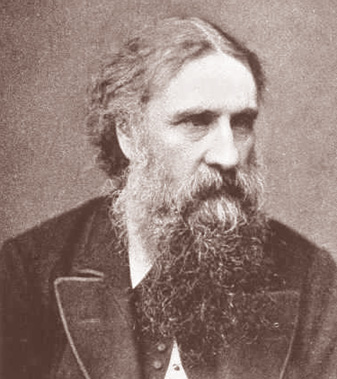
|
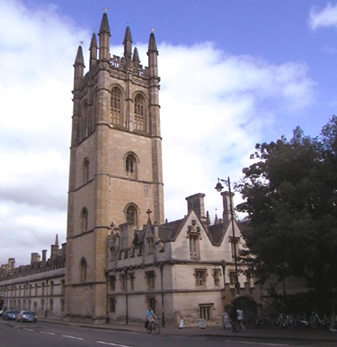
|
|
GEORGE
MACDONALD |
MAGDALEN
COLLEGE,
OXFORD |
|
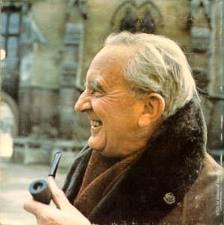
|
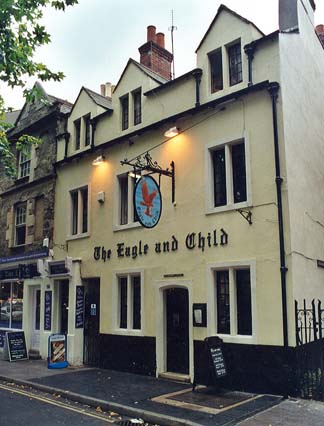
|
|
JRR
TOLKIEN |
THE EAGLE
and CHILD PUB |
|
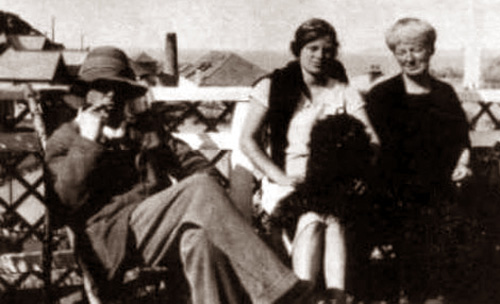
|
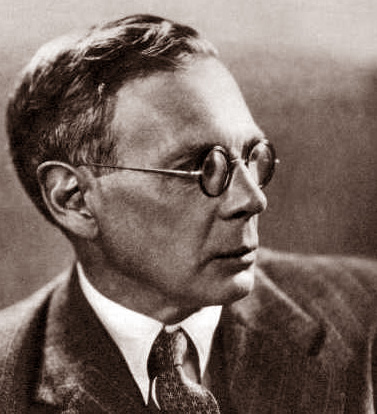
|
|
C.S.
Lewis
, MAUREEN MOORE, and MRS. MOORE |
CHARLES
WILLIAMS |
|
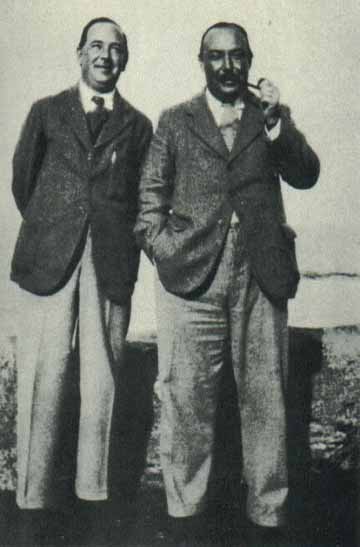
|

|
|
C.S.
Lewis
and
his brother
Warnie
|
Joy
Davidson |
|
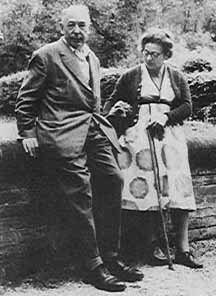
|
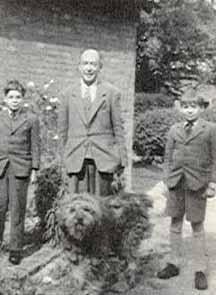
|
|
C.S.
Lewis
and his wife,
Joy |
Lewis
and Joy's
two
sons
David and
Douglas
Gresham |
THE
DISCARDED
IMAGE
AN
INTRODUCTION
TO MEDIEVAL AND RENAISSANCE LITERATURE
C.S. Lewis. (Cambridge Univ. Press,
1964).
Ch.5, The Heavens, part B, “Their Operation” pp. 98-100
